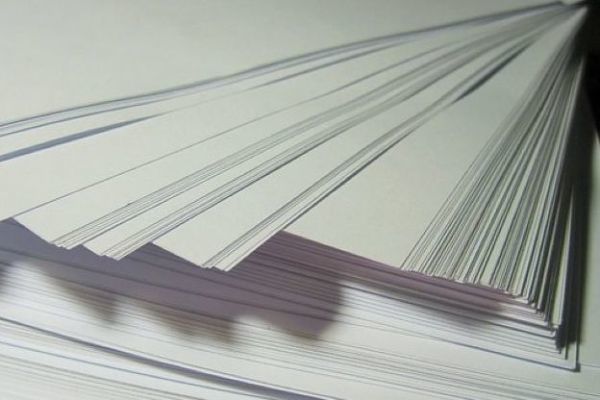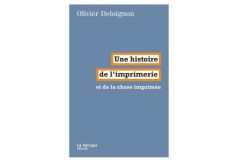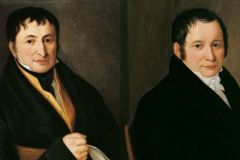Paper made from cellulose fibers originated in China some two thousand years ago. Arriving in Europe in the 14th century, it was popularized by the arrival of the first printing presses. Paper mills multiplied, as did the formats of the sheets manufactured and consequently the format of books. Until the end of the 16th century, each papermaker used a distinctive watermark to identify one or more paper formats. This mark could be a coat of arms, a figure, the arms of a personage, the name of the mill, the name of the region, a date, etc. Charles-Moïse Briquet in his Historical dictionary of watermarks published in 1903, listed nearly sixty of these watermarks in existence in 1741.
A magic formula, then a standard to put things in order
In 1789, Georg Christoph Lichtenberg, a German physics professor seeking to determine the ideal paper size, came up with a magic formula: the ratio between the length and width of the paper had to be 1.414 (or â2)âeuros!
In 1798, regulations on paper taxation were introduced and a list was officially published, listing the sizes 420 x 594 mm and 297 x 420 mm, known as large register and medium register paper respectively.
It wasn't until 1922 that a standard was introduced to bring some order to paper formats: DIN 476 from the German Standards Institute. The 118.9 x 84.1 cm format, with a surface area of 1 m 2 with a ratio of 1.414, became the standard in the paper industry. A standard accepted later in France, in 1967, and which became international under the name ISO 216 in 1975 (with the exception of the United States, Canada and Mexico).
The A10 for sales receipts
As each sheet format is obtained by folding the previous format in half lengthwise, and the reference being the A0, a sheet measuring 118.9 x 84.1Â cm, subsequent formats came to be known as A1 (A0 folded once), A2 (folded twice), A3 (folded three times) and so on up to A10 for cash register receipts!
Another nomenclature concerned by ISO 216 is the B format, an alternative between two A sheet sizes. For example, a B4 sheet will be larger than an A4 but smaller than an A3.
Paper that escapes the ISO standard
There are still papers with old-fashioned names a little more colorful than A0 or B3. Grape, half grape (50 x 65 cm and 32.5 x 50 cm) are used for fine art, Jesus (56 x 76 cm) for atlas printing, large eagle (75 x 106 cm) for land registry, cavalier (46 x 62 cm) for book covers, large world (80 x 120 cm) for large cardboard packaging, and the list goes on.
A general list of sheet formats, which in the end seems as long as Charles-Moïse Briquetâeuros!












